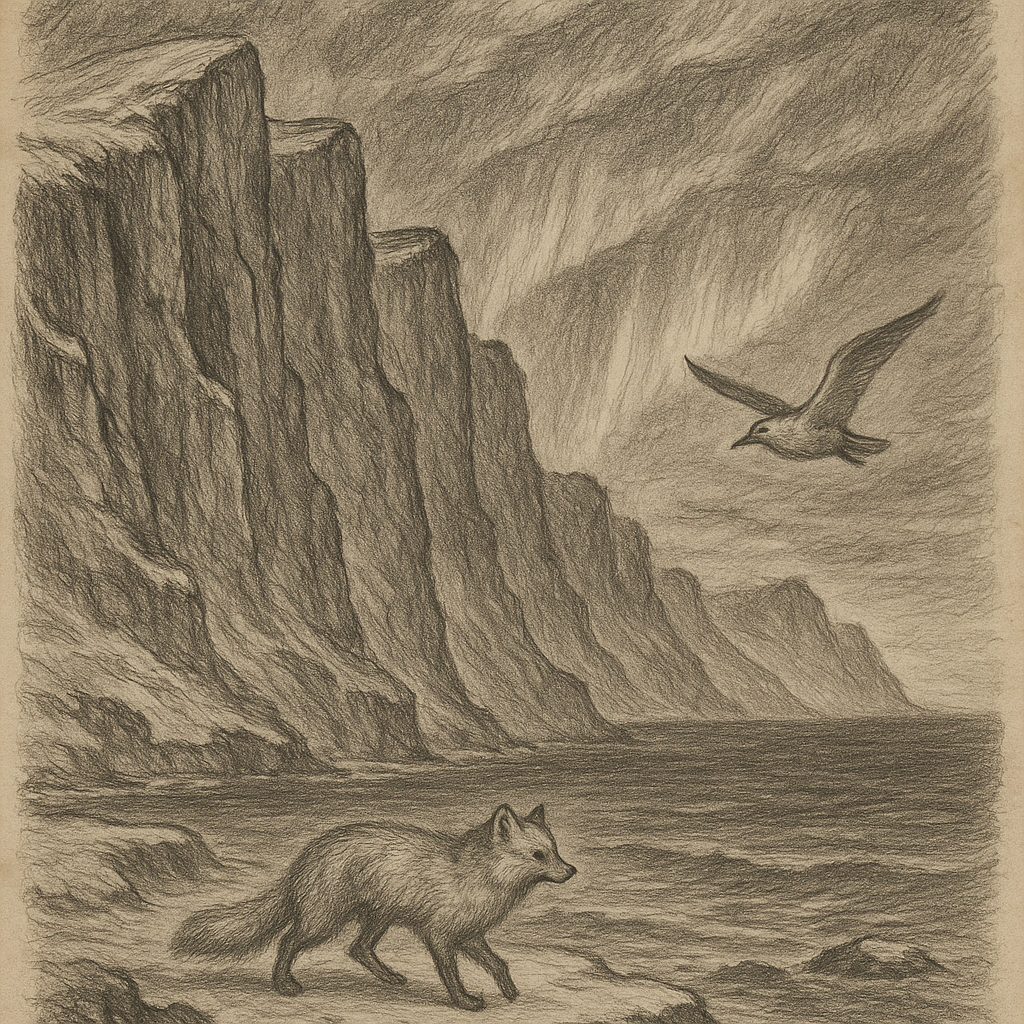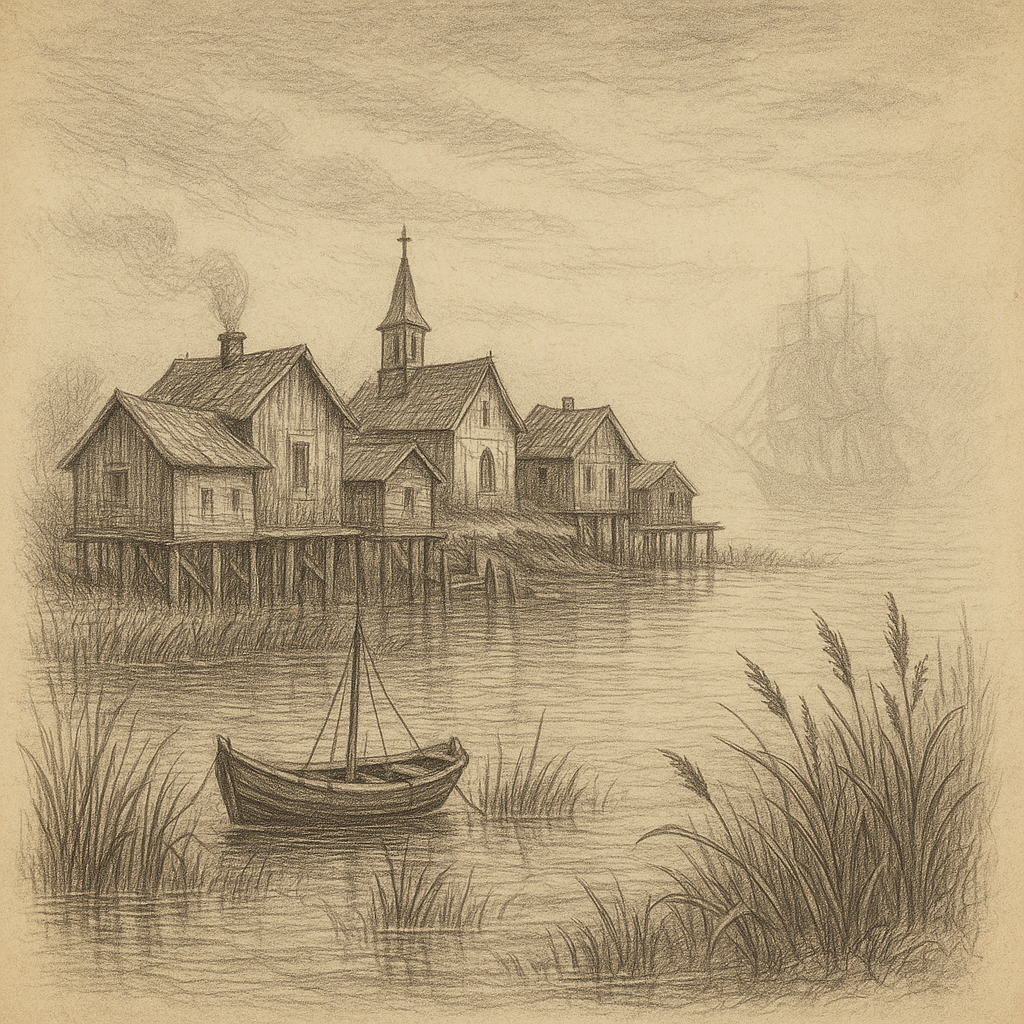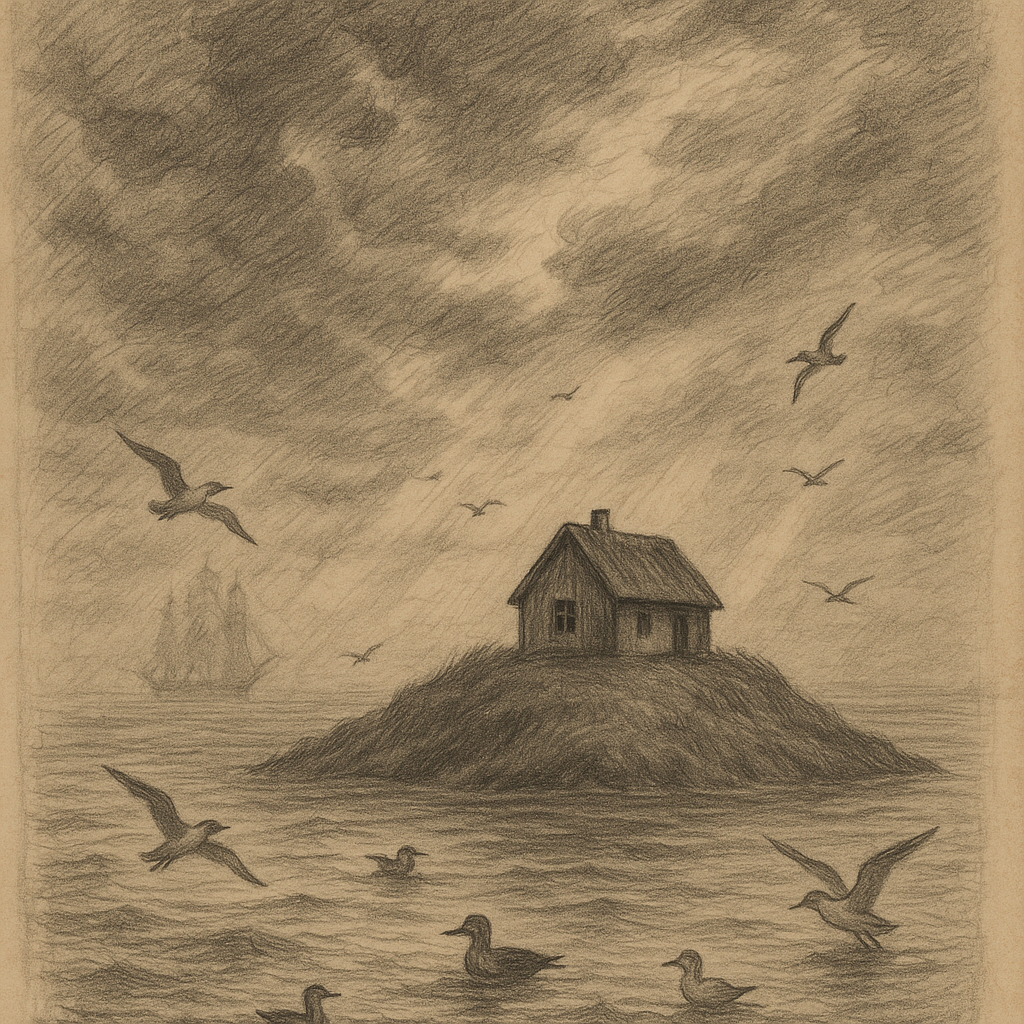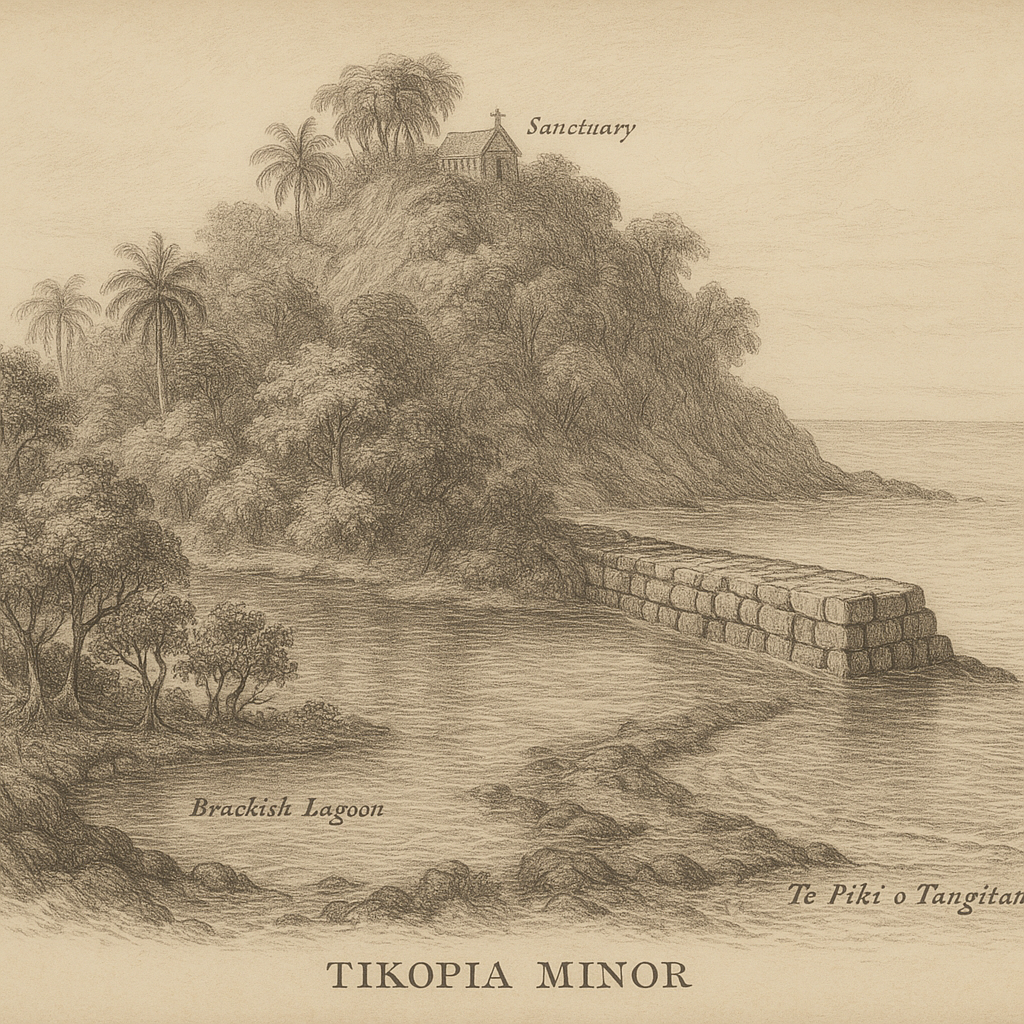Introduction to Olonkin Island
Olonkin Island is a remote, windswept landmass isolated in the frigid waters of the Arctic Ocean. Little known to the outside world, it forms part of the enigmatic Svalbard archipelago under Norwegian sovereignty. With dramatic cliffs, vast stretches of permafrost, and a haunting silence broken only by the calls of seabirds and the distant rumble of ice, Olonkin Island is a destination both stark and beautiful. It captures the imagination not only through its forbidding natural environment, but also through its rare wildlife, whispered legends, and the enduring solitude that defines it.
Geographical Location and Features
Olonkin Island is situated far north within the Svalbard archipelago, lying about midway between Norway and the North Pole. Specifically, it lies southeast of Spitsbergen, the largest island in the archipelago, and is accessible only through ice-breaking vessels or specialized aerial transport during the brief Arctic summer. The island covers a modest area of approximately 35 square kilometers, marked by rugged terrain, sheer coastal cliffs, and patches of tundra vegetation.
Geologically, Olonkin is a product of glacial and tectonic activity. The bedrock is composed primarily of metamorphic and sedimentary layers, shaped over millennia by ancient glaciers that once covered the entire archipelago. Today, remnants of these glacial forces remain visible in the form of sculpted valleys and debris fields scattered across the island’s frozen landscape.
Climate and Ecology
The climate of Olonkin Island is classified as polar, characterized by long, dark winters and short, cool summers. Temperatures rarely exceed 5°C in the warmest months and can plunge below -30°C in winter. Precipitation is moderate, mostly falling as snow, and the island is blanketed in ice for much of the year.
Despite these harsh conditions, Olonkin Island supports a surprisingly resilient ecosystem. The tundra hosts mosses, lichens, and a few hardy flowering plants. Seabirds such as kittiwakes, puffins, and Arctic terns nest on the cliffs, while polar bears, Arctic foxes, and reindeer occasionally roam its shores. Surrounding marine waters teem with life, including walruses, seals, and migratory whales such as the beluga and the mighty bowhead.
Scientific Interest and Human Presence
Olonkin Island has never had permanent human inhabitants, but it plays an important role in Arctic research and environmental monitoring. During the summer months, small research teams from Norway and international institutions set up temporary camps to study the region’s changing climate, glacial melt rates, and Arctic biodiversity. The island is particularly valuable for its undisturbed ecosystems, offering a baseline for observing the effects of climate change in the High North.
Access to the island is highly restricted and requires special permits issued by the Governor of Svalbard. These permits are typically only granted for scientific, educational, or conservation work. Visitors must follow strict environmental guidelines to minimize their impact on the fragile Arctic environment.
Interesting Facts About Olonkin Island
– The island was named after the Soviet polar explorer Ernst Olonkin, who contributed significantly to Arctic navigation and meteorology during the early 20th century.
– It lies just within the Arctic Circle, making it one of the northernmost landmasses in the world that is still accessible for seasonal human activity.
– Due to its remoteness and difficulty of access, Olonkin Island is often used as a control site for atmospheric and seismic monitoring equipment, which helps track both natural phenomena and human-induced changes.
– The winter night lasts for nearly four months, during which time the sun does not rise above the horizon. Conversely, summer provides around-the-clock daylight.
– In recent years, Olonkin Island has been studied as a potential site for long-term environmental baselining, particularly in the context of global warming, as scientists seek unaltered ecosystems to serve as reference points.
Legends and Folklore
Despite its isolation, Olonkin Island has sparked the imagination of explorers and seafarers for centuries. One of the most enduring legends is that of the “Ice Sentinel,” a mysterious figure said to patrol the glacial ridges during the endless polar night. According to local folklore passed down by generations of Norwegian trappers and sailors, the Ice Sentinel is a guardian spirit who protects the island from intruders and punishes those who disrespect its sanctity.
Another ancient tale speaks of a “black mirror” buried beneath the island—a remnant of a meteorite that fell thousands of years ago. Locals claim it emits a faint hum that can only be heard during the aurora borealis, and that those who sleep near the impact site are haunted by vivid dreams of a frozen future.
Though these legends lack scientific backing, they add a layer of mystique to Olonkin’s already formidable persona. They serve as cultural touchstones that remind visitors and researchers alike of humanity’s long-standing reverence for nature’s distant frontiers.
Conclusion
Olonkin Island remains one of the Arctic’s last truly untamed corners—a frozen sentinel on the edge of the world. Its stark beauty, biological diversity, and scientific relevance make it an invaluable asset in the study of Arctic ecology and climate change. Yet it is also a place of myth and solitude, where nature reigns supreme and legends persist amid the polar winds. For those few who reach its icy shores, Olonkin Island offers a rare glimpse into a world where time slows, silence reigns, and the Earth’s raw power is on full display.



